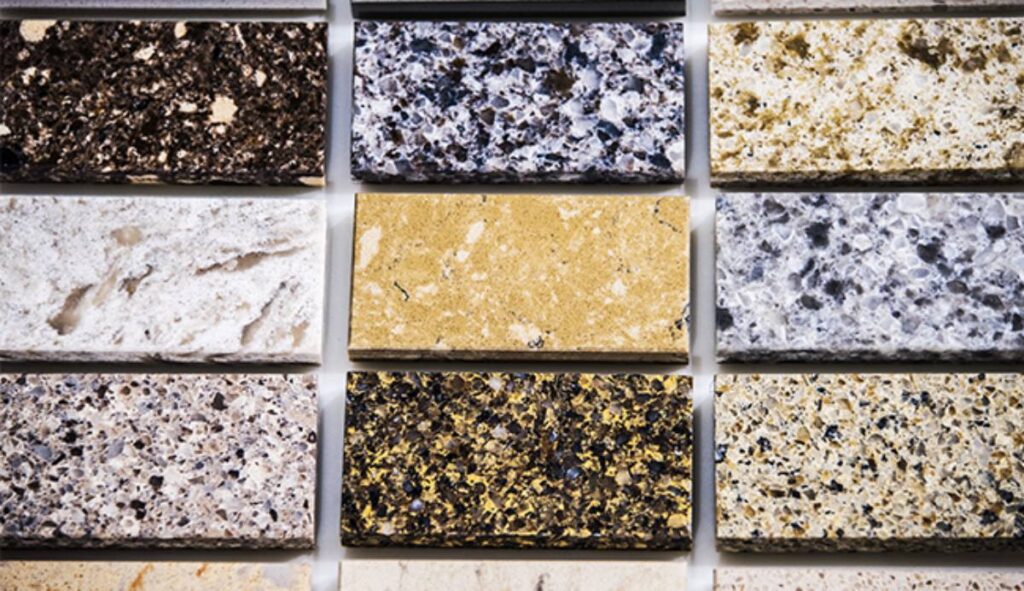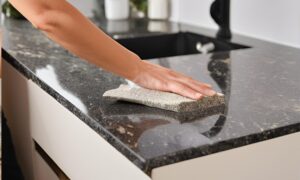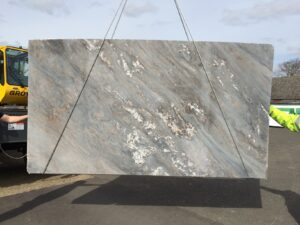Pattern Matching and Book-Matching Stone
There are many techniques that can be employed in stone based projects to fit with design and preference. Just as the choice of stone used has a great bearing on the overall finished appearance and feel of the room, so too can the fitting and masonry methods used. Where stone matching is used it is important to be aware of the extra extensive planning involved.
Pattern matching
On small areas or rooms it is possible to continue the same pattern at the seams as stone can be cut from the same slab. Stone is normally quarried in slabs of 9x5feet, sliced like bread and kept in sequence so that they can be matched in order so that the pattern ties up. The continuation of the veins and surface of the stone is called pattern matching, and is used to make areas of stone look as though they are one single continuing piece.
Book-matching
Another technique that can be used in stone projects in the home is book-matching. This is the practice of matching the naturally occurring patterns in the stone at the seams as a mirror image or butterfly effect pattern. More complex than pattern matching, book-matching can be used on flat surfaces or to fantastic effect when the match is at a room edge, such as where a countertop meets a splash back, or shower wall and floor meet. This is a method that is used most commonly in bathroom design and sometimes in kitchen design for aesthetic benefit as it creates beautiful finished effects. Natural stone can be cut down into tile slabs for large floor patterns using book-matching. Through the use of several large tiles flipped and mirroring at different angles, excellent results are possible.
Planning and production
If looking to incorporate either of these practices into a room design, it is important to have the fabricator involved from the outset. The stone cutting and fitting is an integral part of the design process and needs to be considered as it is planned. Where book-matching is used, the backs of the stone slabs will need to be polished and matched so the result seems flawless. As stone masons are constrained by the limitations of the size of the slabs the cost of a project may be higher depending on the skill and difficulty involved in matching the veins in the stone. Typically the difficulty increases the larger the area to be covered or the more complex the angles and shape of the space, but most desired results can be achieved with proper planning and good craftsmen.
Whether book-matching or pattern-matching these techniques offer some of the most sophisticated results and beautifully elegant rooms can be achieved when done to a good standard.





